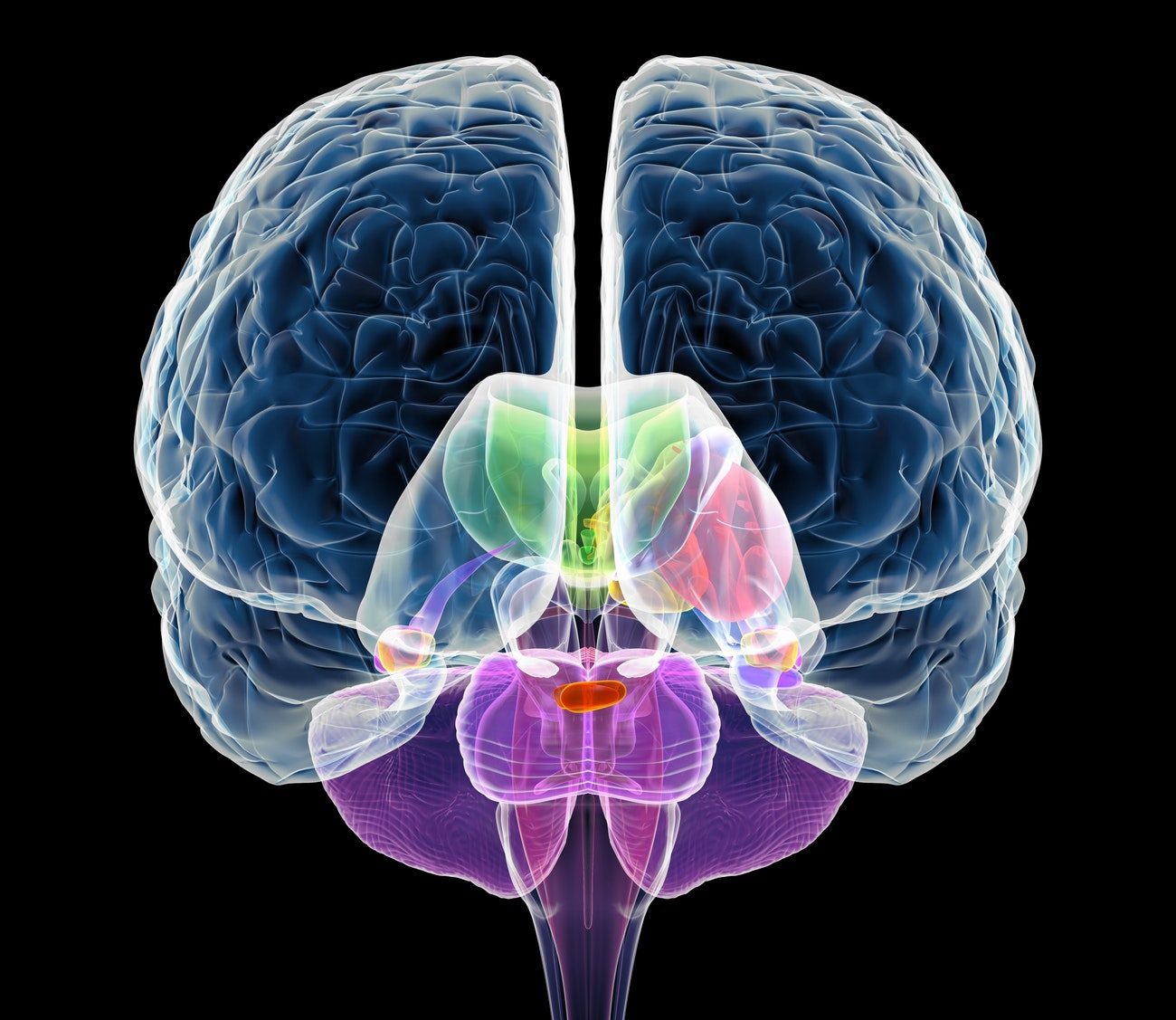
© SCIENCE PHOTO LIBRARY - ROGER HARRIS/GETTY IMAGES
The most detailed study of its kind has found human brains are remarkably similar to mouse brains.
But it also found subtle differences that could explain why many psych drugs that show promise in mouse studies don't work in people.The outer layer of the human brain, called the cortex, is a bona fide biological marvel, playing
a leading role in thinking, talking, remembering, moving limbs and, for good measure,
consciousness.
Such superpowers call for serious kit.
Our brain boasts 16 billion neurons, the cells that relay messages, and a supporting cast of 61 billion other cells that provide neurons with scaffolding, insulation, nutrition and protection from disease.
In all, the human cortex is 1000 times bigger than that of the mouse, a species we parted company with 65 million years ago when our last common ancestor is believed to have lived.
Despite that evolutionary gulf, research led by Ed Lein from the Allen Institute for Brain Science in Seattle, US, has found that we share a surprising amount of brain architecture with our rodent cousins.
The team used a
method called single-nucleus RNA-sequencing analysis to pin down gene expression and classify brain cells in a part of the cortex called the middle temporal gyrus.
The brain samples, which came from eight human donors aged 24-66, were removed either post mortem or during a special type of brain surgery done to treat epilepsy.
The result was quite a tally.
The researchers identified a total of 75 brain cell types, of which 24 were excitatory neurons, 45 were inhibitory neurons and six were non-neuronal cells.
Incredibly, that variability carried over when the team analysed the mice brains, with the majority of those cell types having counterparts in the smaller critters.
"Many people would assume that the human brain is more complex than the mouse brain," says Lein.
"It's somewhat of a surprise that at least in terms of cellular diversity, that doesn't seem to be the case."
But there was also an area of critical contrast.
Even with many neuron types shared, there was a big difference in the spread of receptors for the chemical messenger
serotonin, which regulates appetite, memory, thinking and, perhaps most famously, mood. Serotonin is the primary target of the common class of antidepressant drugs known as SSRIs.
It's an illuminating finding given the large number of drugs, including ones for mental illness, that
show promise in mouse studies but just don't work, or have intolerable side effects when trialled in people."[T]hese results help to resolve the paradox of failures in the use of mouse for preclinical studies despite conserved structure across mammals," the authors write.
By nailing down a more refined list of brain "parts", the current study may go some way to reversing those failures, according to Joshua Gordon, Director of the National Institute of Mental Health, which supported the study.
"The parts list of the human brain is key. That list allows us to understand what's different between mice and human beings and what's similar. The ultimate impact of this understanding will be better treatments for mental illnesses," says Gordon.
But the results may also push researchers to
study animals whose brain connections better mirror those of humans, a shift that would raise its own unique issues.
"The magnitude of differences between human and mouse suggests similar profiling of closely related non-human primates is necessary to study many aspects of human brain structure and function," the authors conclude.
The
study appears in the journal
Nature.
Unlike other species, the human has a soul, which is where the real power lies. The soul is truly who we are and the cause of every effect that shows up in the human physical body. The brain is just a tool for the use of the soul in navigating a physical world.